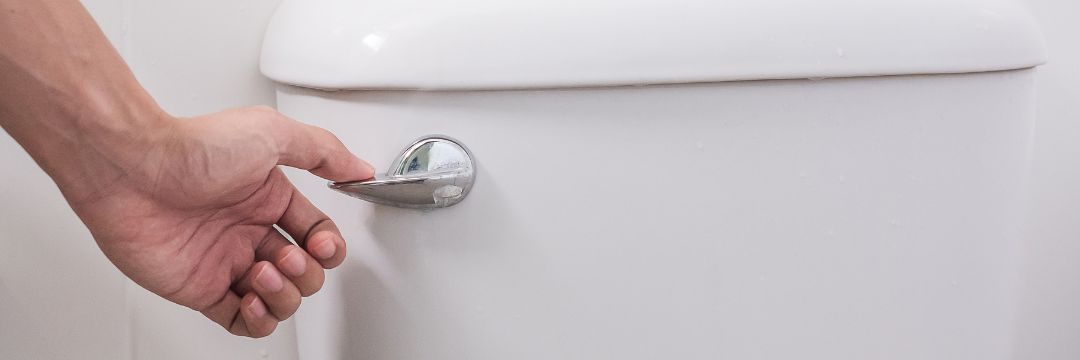
The urinary system is an integral part of the body’s regulation process. Its primary function is to remove the extra water and waste the kidneys filter from the blood, eliminating toxins that would otherwise build up in the body.
When you notice that your urine has changed color or there’s a strange odor from the toilet, the cause might be something as harmless as what you had for dinner, such as asparagus or beets. It could also indicate a more severe condition, such as an infection (UTI) or bladder cancer. Doctors have looked at urine as a barometer of health status for hundreds of years – it can tell what you have been eating, how much fluid you consume, and what diseases you might have. Early on, doctors even tasted their patients’ urine of their patients to diagnose their medical conditions, as strange as that may seem. Fortunately, we have made plenty of progress since then, and a simple urinalysis can now help us with a diagnosis.
Urine Color – What This Means
The average person’s urine varies from pale yellow to deep amber, depending on the concentration of the liquid, which is determined by the amount of fluid you consume. Darker urine is usually a sign that you’re not drinking enough water, and correction is as simple as consuming more liquids, especially water. The opposite is also true. If your urine is very pale, you’re either drinking a lot of fluid or taking a diuretic or water pill – a drug encouraging the body to eliminate excess water. Let’s discuss specific urine colors:
Red urine is usually a reflection of what you ate recently. For example, beets, rhubarb, and blueberries may cause urine to turn pinkish-red. Medications like phenazopyridine can also cause color changes in the urine, but you’ve likely been told about that. Significant amounts of blood in the urine can also cause it to tint red, and this is most often caused by urinary tract infections (where bacteria have proliferated in the bladder), kidney infections, bladder or kidney stones, or an enlarged prostate known as BPH. More rarely, but more concerning, blood can be a sign of a diseased kidney, cancer, or injury. Blood in the urine is rarely an emergency but should be immediately brought to your urologist’s attention.
Urine on the yellow spectrum usually reflects your hydration status. Very pale-yellow or clear-white urine means that you are drinking lots of water. Maybe even too much. Straw-colored to middle yellow tones show that you are hydrated and well. Once you reach a dark yellow or amber color, you are likely dehydrated and need to drink more. Brown urine is a cause for concern if it persists after rehydration. At best, it is a sign of severe dehydration but may represent liver disease at worst.
If you see blue or green urine, the likelihood is that you have eaten some natural or synthetic food coloring. Some bacterial infections can also cause this hue. Very rarely, a genetic disorder can make you pee blue or green.
You may notice an occasional foam when urinating. This is typically very normal; however, if it persists, this is something that you should speak to your urologist about. Foamy urine can signify an excess of protein in the diet or tip us off to kidney disease. Cloudy urine may also be a sign of infection but is usually nothing to worry about if it is transient. Urine usually doesn’t have a potent smell. If your urine has a foul odor, you could have an infection or urinary stones, creating an ammonia-like scent. Or you may have eaten something like asparagus recently.
Visible vs. Invisible Blood
Gross hematuria blood in the urine is that which can be seen. Occult blood, on the other hand, is invisible because the trace amounts are diluted sufficiently in the urine. Occult blood is found during a specialized, advanced urine test. A wide range of conditions and diseases can cause visible or invisible blood in the urine, ranging from benign to malignant.
The Bottom Line
Pay attention to your urine’s color, consistency, and smell, and don’t hesitate to contact Dr. Natale if something seems unusual. And while blood in the urine is typically nothing to be fearful of, we must find the cause through appropriate diagnostic testing.





